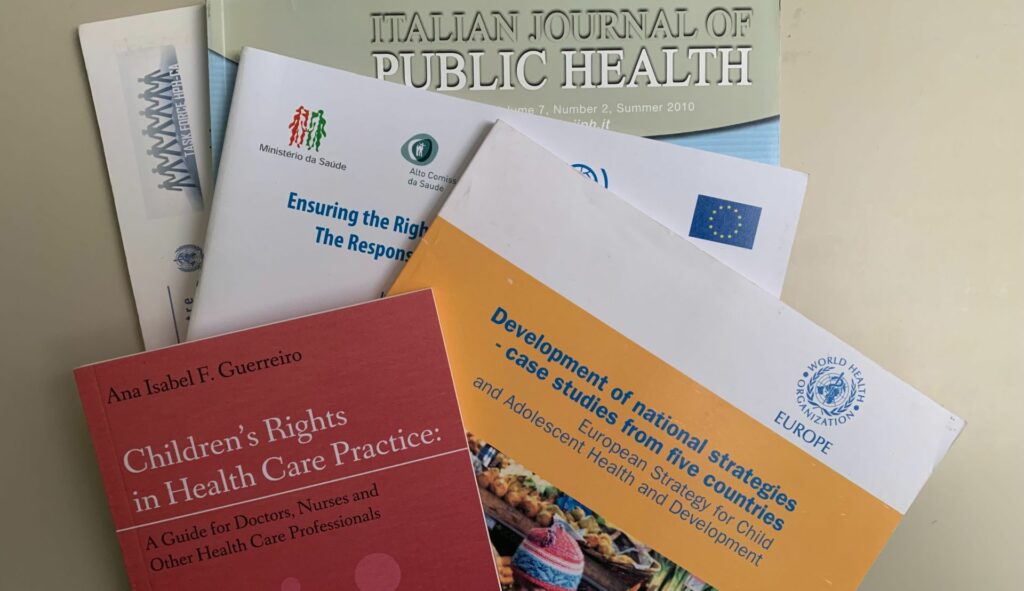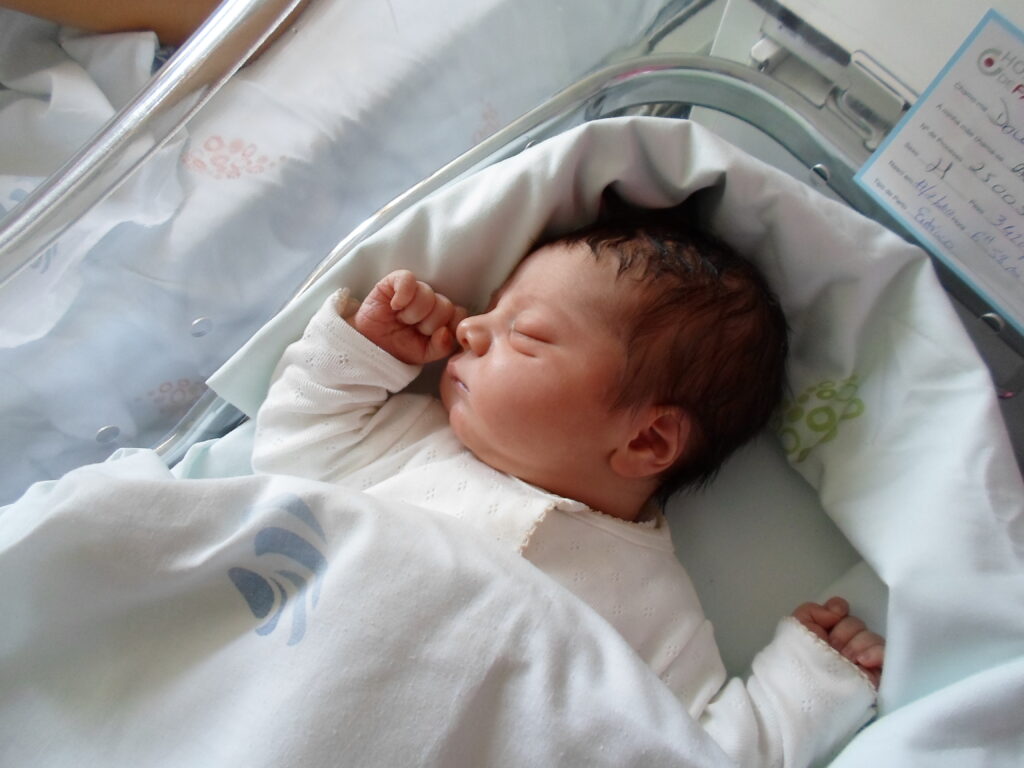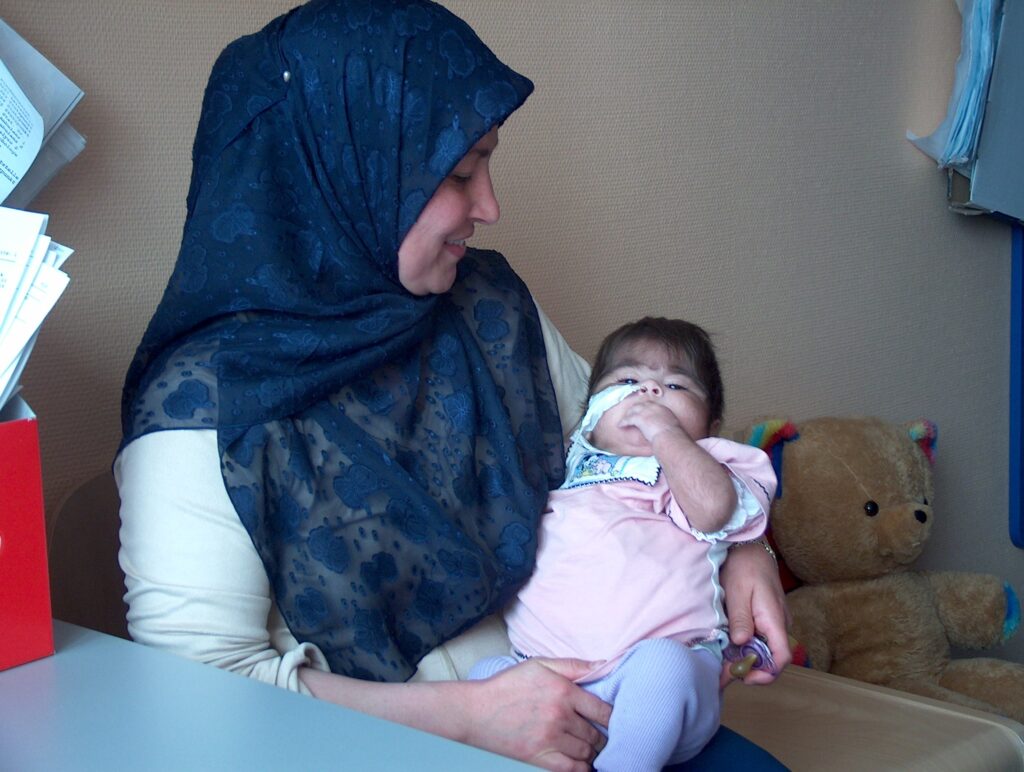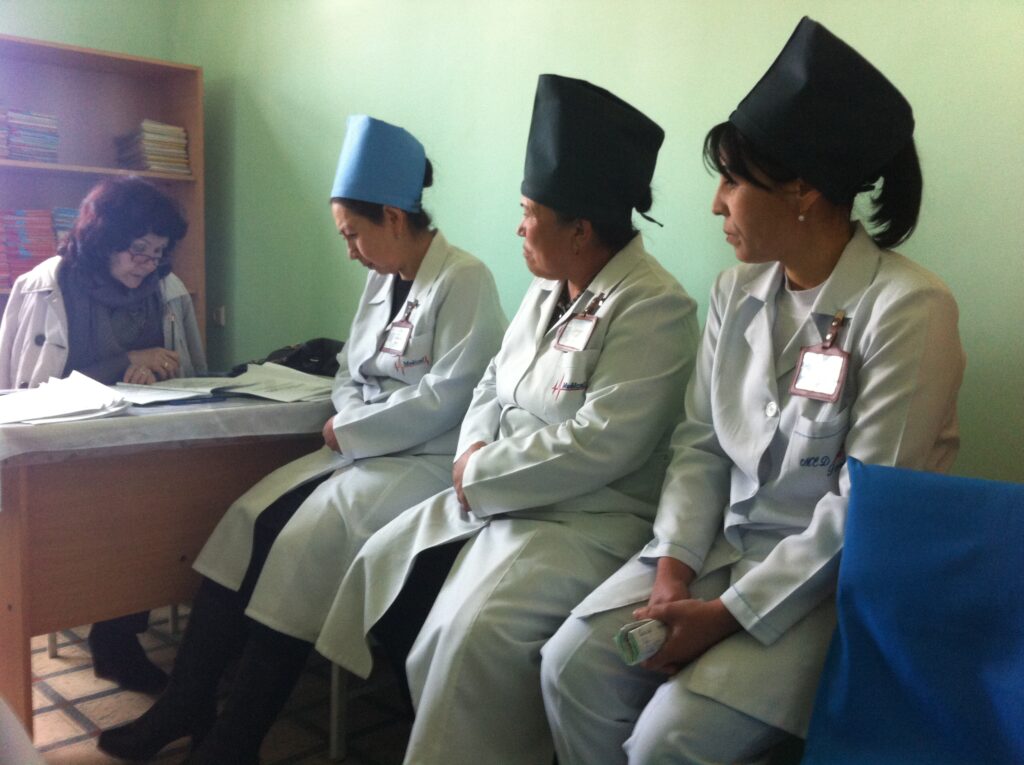Childhood is a particularly special developmental life stage for all human beings. It is a time of physical, mental and spiritual formation that has long-lasting effects throughout adulthood, for better and for worse. Investing in children can have a major impact in terms of health promotion and disease prevention, but we should look at childhood and child health beyond that: children are human beings of their own accord and whether or not to invest in child health is also a social justice issue. Today, we have the knowledge, the evidence, the technology and the resources to ensure that all children have a better standard of life. As human beings, children have rights. Furthermore, children will be here longer than us, current adults, and they will not only face the health repercussions of poor investment in child health, but also the consequences of the climate emergency. It is children who will live under ever more difficult conditions, it is they who will need to be resilient to adapt to a climate that will become unstable and adverse to human life and development.
Before showing some data concerning child health, it is important to state that around the world, children have access to better health care than ever before and this is clear by the decline in child mortality rates and the eradication of some diseases in the last decades. For some indicators, there has been a particularly strong progress, for example, “adolescent birth rates among younger adolescent girls (aged 10–14 years) more than halved from 3.3 births per 1000 girls in 2000 to 1.5 births per 1000 girls in 2022 (1)”. However, the patterns of morbidity have changed, more children are living with chronic or other long-term illnesses, disparities persist and there are new and emerging trends that make it crucial to continue investing in child health. WHO also cautions that “the rapid progress commonly observed for many of these indicators (child mortality halved, maternal mortality fell by a third, (…) the risks from dying prematurely from Non-Communicable Diseases and injuries declined, global life expectancy at birth rose from 67 years in 2000 to 73 years in 2019) in the era of the Millennium Development Goals (MDGs) has markedly stalled since 2015, challenging the timely attainment of the Sustainable Development Goals (SDG) targets by 2030”. (1)
SDG 3, “Good Health and Well-Being,” calls on countries to ensure healthy lives and promote well-being for all at all ages, focusing specifically some of the health issues that are still to be addressed at a global level. These should be read together with other relevant SDGs that address the social determinants of health, such as protection from violence or access to water.
See Factsheet 1.1. Child health-related Sustainable Development Goals (SGDs)
So what are the current issues affecting child health, taking a holistic approach to child health and development? Below are presented a number of recent child health statistics, complemented by data on child well-being and the social determinants of health. The data also includes progress concerning the health-related SDGs.
- In 2021, 5.0 million children under 5 years of age died. Just under half (47%) of these deaths – about 2.3 million – occurred during the first month of life (1);
- “Globally in 2022, there were on average 41.9 births per 1000 adolescent girls aged 15–19 years, down from 64.6 births per 1000 adolescent girls aged 15–19 years in 2000 (1);”
- “Globally, an estimated 148.1 million children under 5 years of age were affected by stunting in 2022. These numbers may become substantially higher as the global food and nutrition crisis continues to unfold – fueled by conflict, climate change and the enduring effects of the COVID-19 pandemic (1);”
- Disparities are significant and persistent between and within countries. The WHO European region includes countries with the lowest number of infant and child deaths in the world and it also includes countries where children are 25 times more likely to die before the age of 5 (3) The African Region continues to have the highest maternal mortality ratio (1);
- Nearly one in three children in Europe – 29% of boys and 27% of girls – are obese (4);
- Estimates show that more than 13 per cent of adolescents aged 10–19 live with a diagnosed mental disorder as defined by the World Health Organization, meaning 86 million adolescents aged 15–19 and 80 million adolescents aged 10–14 around the world. In Europe alone, approximately 1,200 children aged 15-19 commit suicide every year in Europe (5);
- Climate change is thought to cause direct and indirect mortality and morbidity of children from extreme weather events, including from infectious and respiratory diseases. Climate change may also impact children’s lives through food insecurity and malnutrition, educational attainment, forced migration, toxicant exposure and in-utero exposure (6);
- Studies show that children are currently suffering from serious climate anxiety (7);
- An estimated 333 million children live in extreme poverty. Importantly, more than 69 million children live in poverty in 40 of the world’s richest countries (8);
- “An estimated 30% of women aged 15 years and older worldwide in 2018 had been subjected to physical and/or sexual violence from either intimate partners or non-partners sexual violence during their lifetime (1)”;
- “At the end of 2022, of the 108.4 million forcibly displaced people, an estimated 43.3 million (40 per cent) are children below 18 years of age. Between 2018 and 2022, an average of 385,000 children were born as refugees per year” (9);
- “Adolescents from more affluent families reported higher levels of life satisfaction and higher levels of mental well-being across almost 51 countries and regions, with few exceptions (10).”
Tackling all dimensions of child health, specifically the current child health status and trends highlighted above means adopting a broader framework of intervention, because many new and emerging child health conditions have origin in other sectors, such as social protection, environment, business and even urban development. And it is possible to change the situation of children. UNICEF Report Cards on high income countries have shown throughout the years that change is possible to achieve, even in times of crisis, if there is the political will and investment (See for example Innocenti Report Card 12 on ‘Children of the Recession: The impact of the economic crisis on child well-being in rich countries’ and example Innocenti Report Card 18 on ‘Child Poverty in the Midst of Wealth). The Convention on the Rights of the Child gives us the ideal framework for understanding and acting upon child health and development in a comprehensive manner. Implementing child rights principles means looking at child health and development holistically, looking at the social determinants of health and dealing with all the conditions that promote and hinder child health. The Convention gives us indeed an ideal and already existing framework and, importantly, it is not optional, it has been ratified by virtually every country in the world and, therefore, as stated in Article 4 of the Convention:
“States Parties shall undertake all appropriate legislative, administrative, and other measures for the implementation of the rights recognized in the present Convention.”
(1) WHO. World health statistics 2023: monitoring health for the SDGs, Sustainable Development Goals. Geneva: World Health Organization; 2023. Licence: CC BY‑NC‑SA 3.0 IGO.
(2) UNICEF Global Databases. Child Mortality Estimates (2022)
(3) WHO Regional Office for Europe. Factsheets. Children and adolescents in the WHO European Region
(4) WHO European Regional Obesity Report 2022. WHO Regional Office for Europe
(5) UNICEF. The state of the world’s children 2021. On my mind. Promoting, protecting and caring for children’s mental health. United Nations Children’s Fund (2021)
(6) Helldén, Daniel et al. Climate change and child health: a scoping review and an expanded conceptual Framework. Lancet Planetary Health 2021;5: e164–75
(7) Hickman, Caroline et al. Climate anxiety in children and young people and their beliefs about government responses to climate change: a global survey. Lancet Planetary Health volume 5, issue 12, E863-E873, December 2021
(8) UNICEF (2023) Child Poverty in the Midst of Wealth. Innocenti Report Card 18
(9) UNHCR Statistics
(10) Cosma A, Abdrakhmanova S, Taut D, Schrijvers K, Catunda C, Schnohr C. A focus on adolescent mental health and wellbeing in Europe, central Asia and Canada. Health Behaviour in School-aged Children international report from the 2021/2022 survey. Volume 1. Copenhagen: WHO Regional Office for Europe; 2023. Licence: CC BY-NC-SA 3.0 IGO.






